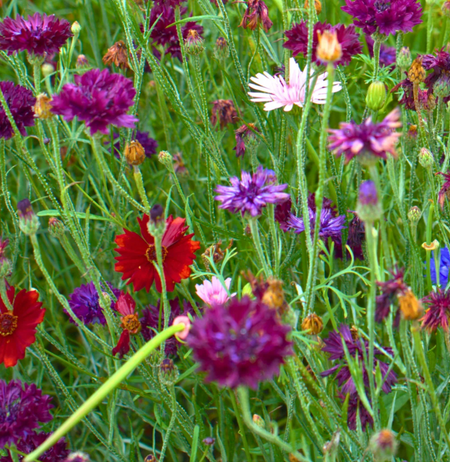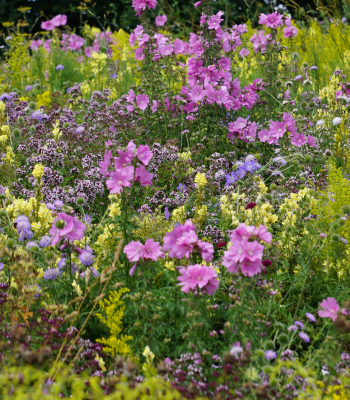Laying
To make the job easier and avoid double handling, try and get the turf pallets as close as possible to the laying area. The turf should be laid as soon as possible after delivery (recommended within 24 hours) and should not be left stacked on the pallets for more than 48 hours.
Turf must be kept moist until it is laid, and we advise watering it within 6 hours of delivery. We also recommend watering the site to be turfed just before laying. Turf tiles can be lifted individually by hand and laid on the prepared site.
If cutting is required, this can be easily done by folding back the turf and using a sharp knife with a Stanley-type blade to cut from behind, then lay back flat and pull apart. If working on a slope, the turf should be pegged to the bank using turf pegs, with a minimum of 3 pegs per turf.
On completion, the turf should be soaked through immediately after laying. Late spring and summer installation requires additional irrigation after laying, but an autumn/winter laying and during wetter periods would usually only require irrigation on the day of laying.
Maintenance and After Care
To keep your meadow healthy and looking good for years to come, it will need some intervention. The one task common to all meadow schemes is an end-of-season cut and collect. This controls weeds and woody growth and creates a fresh growth of desirable plant species. The cut can take place any time after flowering has finished and the seed has set.
A cut can be done at any time of year with various results. Cutting in spring when the plants have started to put on foliage will promote later flowering (this is known as the Chelsea Chop). This can also create a more compact meadow if the site conditions result in vigorous growth and leggy plants.
The dead stems and seed heads can look attractive in the frost and provide an excellent wildlife habitat for winter birds, small mammals and insects. A winter cut from January and before spring is the latest a meadow should be cut before the spring growth starts.





